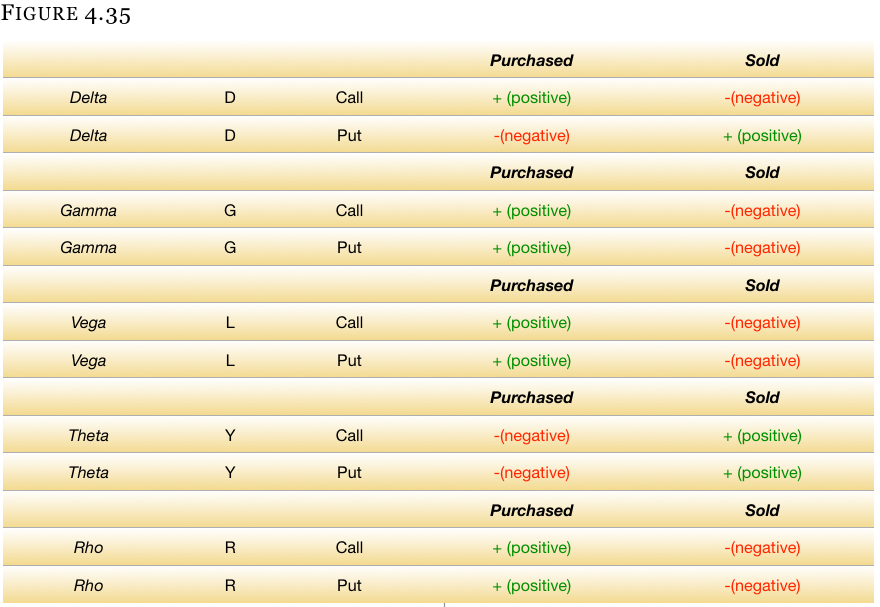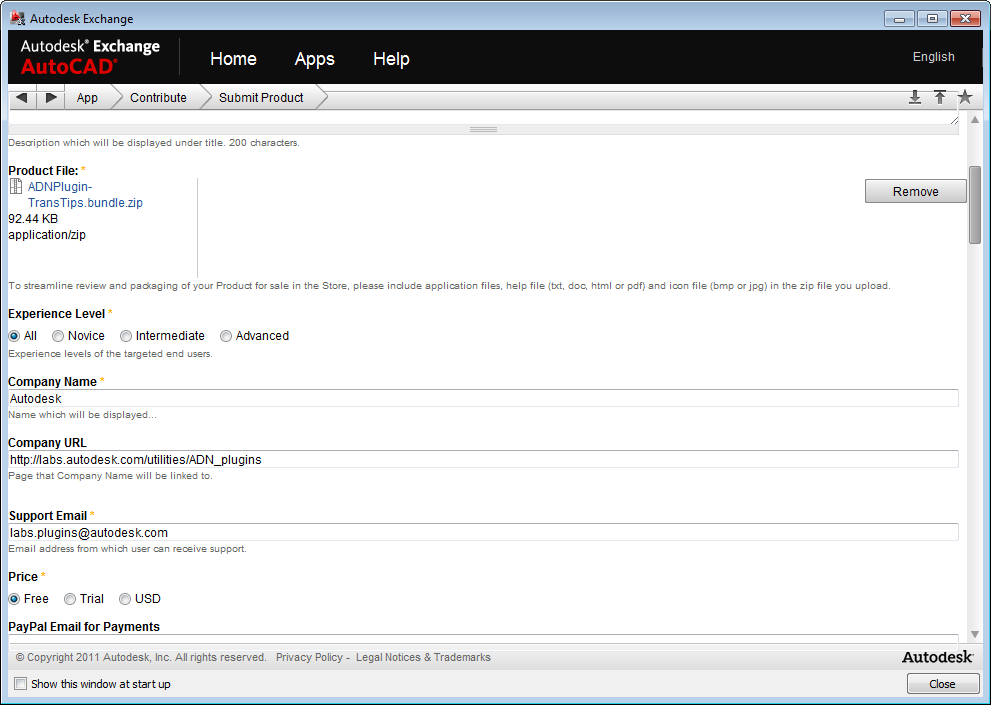Leap Options Strategy
Post on: 10 Июль, 2015 No Comment

Author Topic: Leap Options Strategy — Opinions (Read 5511 times)
Reply #20 on: October 27, 2013, 11:35:35 AM
Or alternatively (instead of writing a $15 call) you just take delivery and buy puts to replace your $5 strike embedded put. A 2016 $5 strike put costs only 8 cents. It's practically free.
Quote
I haven't read the book. What does he consider to be an underpriced option? Does he give an explanation about how to arrive at what he deems the fair price in order to determine what overpriced is?
He considers options pricing to be an art. It doesn't break down into mathematics perfectly. The book covers various factors that affect what an option is worth:
expected volatility
expected interest rates
expected borrow costs (the book doesn't talk about equity options much, but this is something you would extrapolate from the book)
expected dividends
whether the stock will continually move in one direction or not
insider trading (those with inside information tend to buy puts and to buy volatility)
counterparty risk
stuff specific to barrier options (doesn't apply in this case)

etc. etc.
Now here's an insight: if you delta hedge, you don't really need to care about the direction that a stock moves. This is very different than value investing. Options traders don't need to know much about a company's fundamentals. They just have to be good at predicting future volatility (how much the stock will move up and down). They'll absolutely pay attention to earnings because volatility spikes after earnings are announced, and then everything goes back to normal. And they'll pay attention to mergers and spinoffs. But what I'm trying to say is that valuing an option is very different than valuing a stock. You mostly care about volatility, not fundamentals.
2- Taleb's book is about options in general. I believe most of his experience is in options other than equity options.
3a- You can look at how Buffett handles options. When volatility was crazy high in 08/09 (and presumably trading volumes in options was much higher), he messed around with selling options on BNI / Burlington. In hindsight, obviously volatility was too high. When volatility is super high, you probably want to be selling options. It's unlikely that the super high volatility will continue (it could happen but it's unlikely).
*He also ended up with warrants in GS and BAC, though those came along with the preferred shares.
3b- Doug Dachille has an excellent presentation on Buffett's derivatives (the equity put options).
Last Edit: October 27, 2013, 05:23:58 PM by ItsAValueTrap














